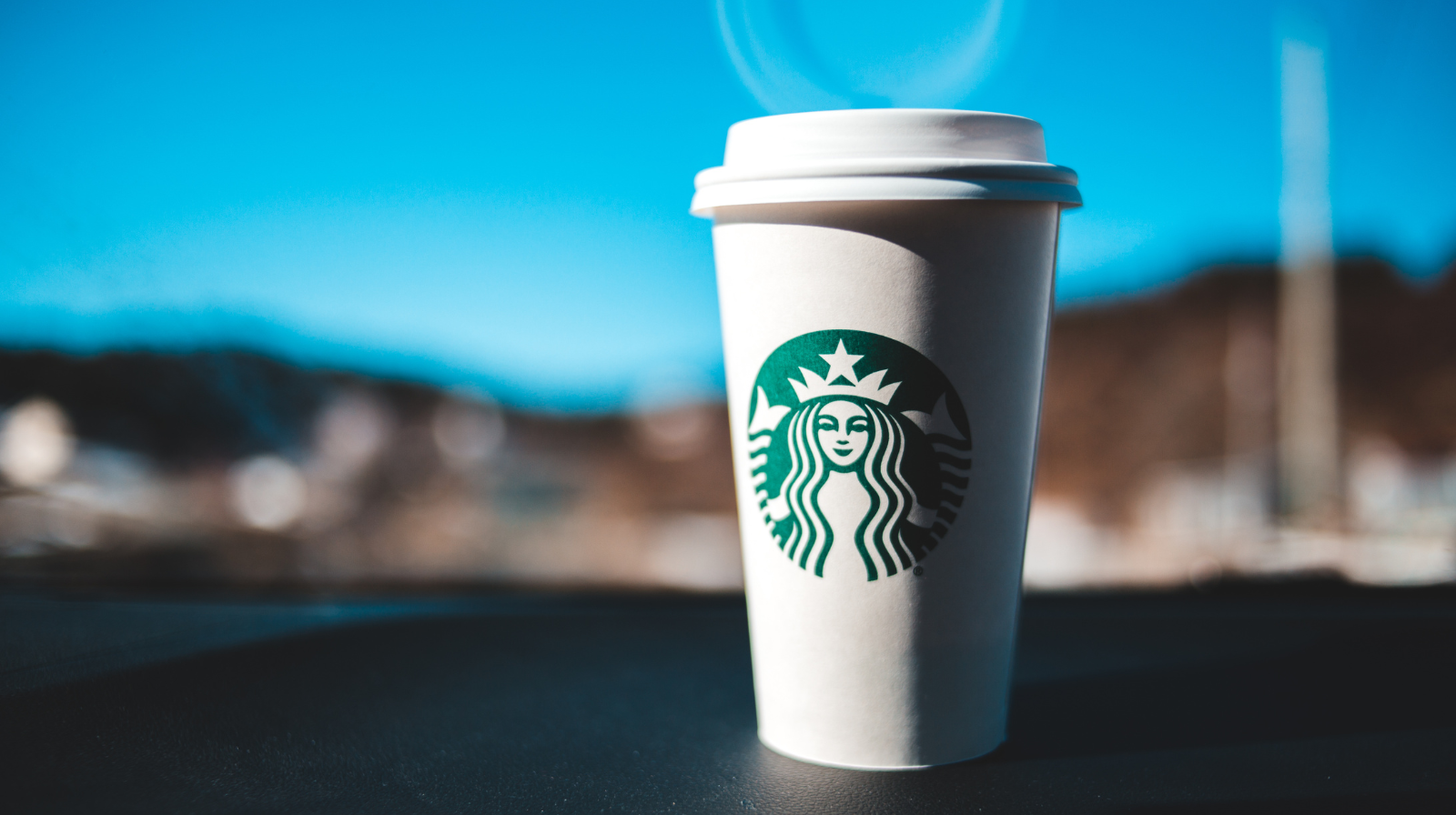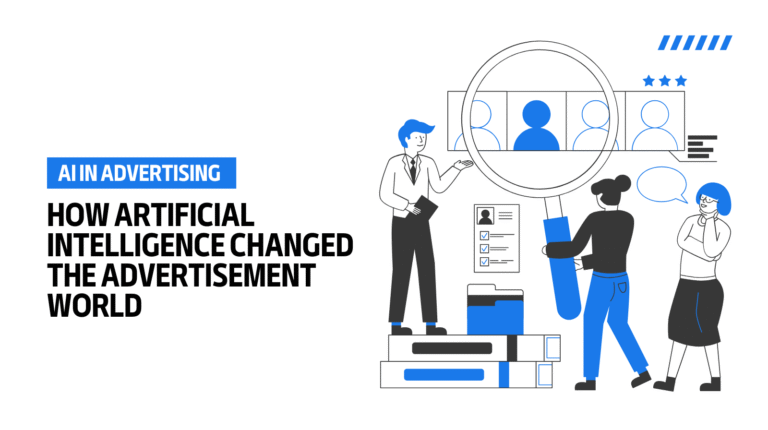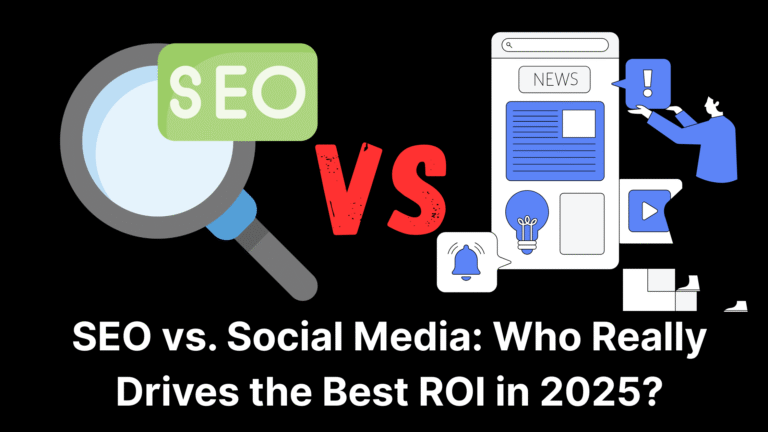In the world of digital marketing, few brands have managed to achieve the kind of global community-building success that Starbucks enjoys today. While Starbucks started as a modest coffee shop in Seattle, it has evolved into one of the most iconic brands across the globe. One of the key drivers of this success is its innovative use of social media marketing startegy of Starbucks. Starbucks doesn’t just sell coffee — it sells an experience, a lifestyle, and a sense of belonging. Through creative campaigns, engaging content, and strong storytelling, Starbucks has built a worldwide community that feels personally connected to the brand.
In this blog, we will explore Social Media Marketing Strategy of Starbucks to build its global community, highlighting real examples, key campaigns, and actionable takeaways for other businesses. Also we will help you to grow your business in Social Media.
Table of Contents
Starbucks’ Approach to Social Media Marketing
Starbucks’ social media marketing goes far beyond posting product photos. The company views social media as a platform to create conversations, celebrate diversity, and connect with people emotionally. Their approach can be summarized into three key principles:
Consistency in Branding – Maintaining the same tone, design aesthetics, and voice across platforms ensures strong brand recall.
Customer-Centric Strategy – Starbucks creates content that resonates with customer values, lifestyles, and emotions rather than focusing only on product features.
- Community Engagement – By encouraging participation and interaction, Starbucks turns its customers into brand advocates.
This holistic strategy transforms its social media platforms into thriving communities rather than one-way communication channels.
Multi-Platform Presence:
Starbucks understands that its audience is spread across multiple social platforms, and therefore, it tailors content to fit each medium:
- Instagram – A visual storytelling hub with aesthetically pleasing coffee photos, seasonal campaigns, and user-generated content.
- Twitter (now X) – Real-time customer engagement, witty responses, and promotional announcements.
- Facebook – Broader reach for community-building, events, and special promotions.
- TikTok – Fun, trending, and short-form videos that engage Gen Z audiences.
- YouTube – Longer-form storytelling, behind-the-scenes content, and brand campaigns.
This omnichannel presence allows Starbucks to connect with diverse audiences worldwide.
Storytelling Through Campaigns
One of Starbucks’ most powerful tools is storytelling. Instead of pushing sales-driven messages, Starbucks tells stories that inspire, entertain, and resonate with global audiences.
a) #RedCupContest
Every holiday season, Starbucks launches its iconic red cups. To engage the community, it introduced the #RedCupContest on Instagram, inviting customers to decorate cups creatively and share photos. This simple idea generated thousands of posts, creating excitement, user participation, and organic brand promotion.
b) What’s Your Name Campaign
In the UK, Starbucks launched the “What’s Your Name” campaign, celebrating gender identity and supporting transgender and non-binary communities. This campaign went viral and won awards for inclusivity, showing how Starbucks uses social media not just for marketing but for meaningful cultural conversations.
c) Pumpkin Spice Latte (PSL) Hype
The Pumpkin Spice Latte is more than a drink; it’s a cultural phenomenon. Through memes, hashtags, countdowns, and playful posts, Starbucks turned PSL into a seasonal tradition, eagerly awaited by millions worldwide.
User-Generated Content (UGC)
Starbucks actively encourages customers to share their experiences, from posting photos of customized drinks to capturing moments at local cafes. UGC plays a vital role in strengthening Starbucks’ online community:
- Builds authenticity and trust by showcasing real customer stories.
- Creates a sense of inclusivity where everyone feels like part of the Starbucks family.
- Reduces marketing costs while generating massive organic reach.
- A great example is the #StarbucksCup hashtag, which has millions of user submissions across Instagram and Twitter.
Personalization and Customer Engagement
Starbucks makes its community feel valued by personalizing experiences:
- Interactive Polls & Stories – Engaging followers with fun polls about their favorite drinks or coffee habits.
- Replying to Mentions – Starbucks’ social media managers respond to customer tweets and comments with humor and empathy.
- Mobile App Integration – Linking social media with its loyalty app, Starbucks encourages sharing rewards and offers online.
- This interactive strategy transforms passive followers into loyal brand advocates.
Seasonal and Limited-Edition Campaigns
Starbucks is a master of seasonal marketing. From Valentine’s Day drinks to festive-themed cups, the brand leverages seasonal moments to spark excitement.
The #PSLSeason campaign turns autumn into a Starbucks-driven cultural moment.
Limited-edition merchandise, like holiday tumblers, creates FOMO (fear of missing out) and drives both online buzz and in-store visits.
By aligning its campaigns with cultural and seasonal trends, Starbucks keeps its global community engaged year-round.
Social Responsibility and Cause Marketing
Starbucks’ community-building success also comes from aligning itself with causes that matter to its audience:
Sustainability – Campaigns around reducing plastic usage, promoting reusable cups, and ethical sourcing of coffee.
Diversity and Inclusion – Social media posts celebrating Pride Month, Black History Month, and women empowerment.
Community Support – Initiatives supporting frontline workers, small farmers, and disaster relief efforts.
By highlighting these causes on social media, Starbucks appeals to customers’ values and strengthens emotional bonds.
Data-Driven Decisions
Behind Starbucks’ engaging social media presence lies a strong reliance on analytics. Starbucks constantly monitors:
Engagement rates (likes, comments, shares).
- Sentiment analysis to understand customer opinions.
- Campaign performance to optimize future strategies.
This data-driven approach ensures that Starbucks continues to adapt to trends and audience preferences while maintaining brand consistency.
Lessons Businesses Can Learn from Starbucks
Starbucks’ social media success isn’t limited to billion-dollar companies. Small and medium businesses can apply similar strategies:
- Encourage User Participation – Run contests, hashtags, and polls to make customers feel part of the brand.
- Tell Stories, Not Just Sell Products – Share emotional, relatable, or fun stories around your brand.
- Be Consistent Across Platforms – Keep tone, colors, and messaging aligned everywhere.
- Engage in Real-Time – Reply to comments and build relationships, not just broadcasts.
- Leverage Seasons and Trends – Align your campaigns with festivals, cultural events, or viral trends.
- Stand for Something – Support causes that align with your audience’s values.
Conclusion
Starbucks has proven that social media marketing is not just about promoting products — it’s about building a community. Through authentic storytelling, seasonal campaigns, cause-driven initiatives, and user engagement, Starbucks has successfully built a global community that feels connected to its brand on a personal level.
For businesses, the Starbucks model shows that success on social media is about creating meaningful experiences, encouraging participation, and staying consistent with brand values. Whether you’re a small local café or a global enterprise, the lessons from Starbucks can help you transform followers into loyal advocates, just like Starbucks has done worldwide.
- Content Marketing in 2025: From Blogs to Video to Interactive Tools - November 6, 2025
- Instagram vs Pinterest: Where Should a Company Focus for Branding? - October 30, 2025
- How to Choose Between Organic vs Paid Advertising for Your Business - October 22, 2025





